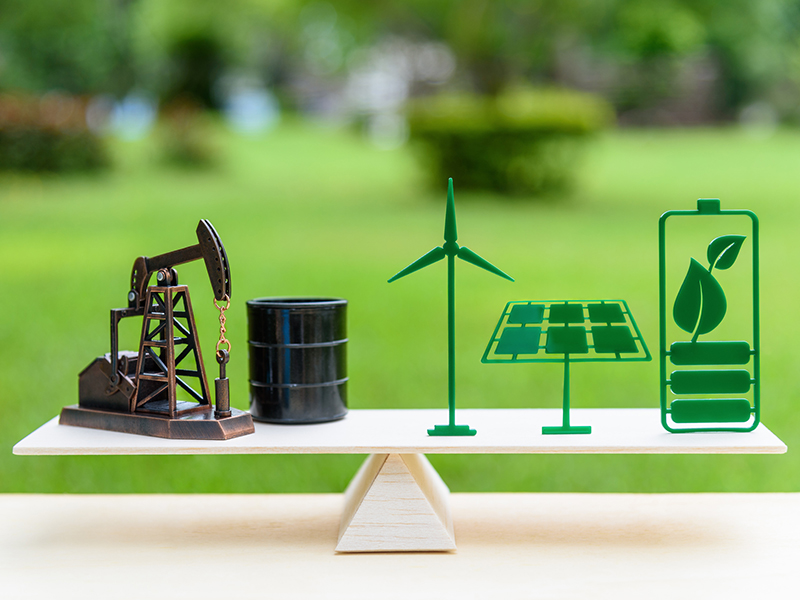
Asset management giant BlackRock Inc. is stepping up its efforts to address climate-related risks, warning that companies with significant climate risk exposure will come under increased scrutiny.
In his annual letter to clients, BlackRock CEO Larry Fink set out the firm’s intensifying efforts to manage the transition to a low-carbon economy.
Last year, Fink announced that the firm was making sustainability essential to its operations, including the construction of investment portfolios, in an effort to produce better investment results.
“We made this commitment on the strength of a deeply-held investment conviction: that integrating sustainability can help investors build more resilient portfolios and achieve better long-term, risk-adjusted returns,” Fink said in his letter.
Since then, the disruption caused by the Covid-19 pandemic has deepened the firm’s commitment to sustainability.
Rather than slowing the transition to a low-carbon economy, the pandemic has highlighted the urgency of dealing with systemic threats, such as global warming, BlackRock said.
As a result, BlackRock noted, a growing number of governments, corporations and investors have committed to building an economy that is carbon neutral by 2050, in an effort to keep global temperature rise in check.
“These changes will have dramatic impacts for investors,” the firm said. “We also believe that climate transition creates a historic investment opportunity.”
BlackRock pledged to be at the forefront of that transition. It set out a series of actions it plans to take to deepen its commitment to sustainability, such as adopting a “heightened-scrutiny model” for holdings in its active portfolios that represent a significant climate risk, “including flagging holdings for potential exit.”
BlackRock’s other actions include increasing climate-risk transparency for its public funds, launching products with explicit temperature alignment goal and engaging portfolio companies to ensure that they are mitigating climate risk and pursuing opportunities presented by the low-carbon transition.